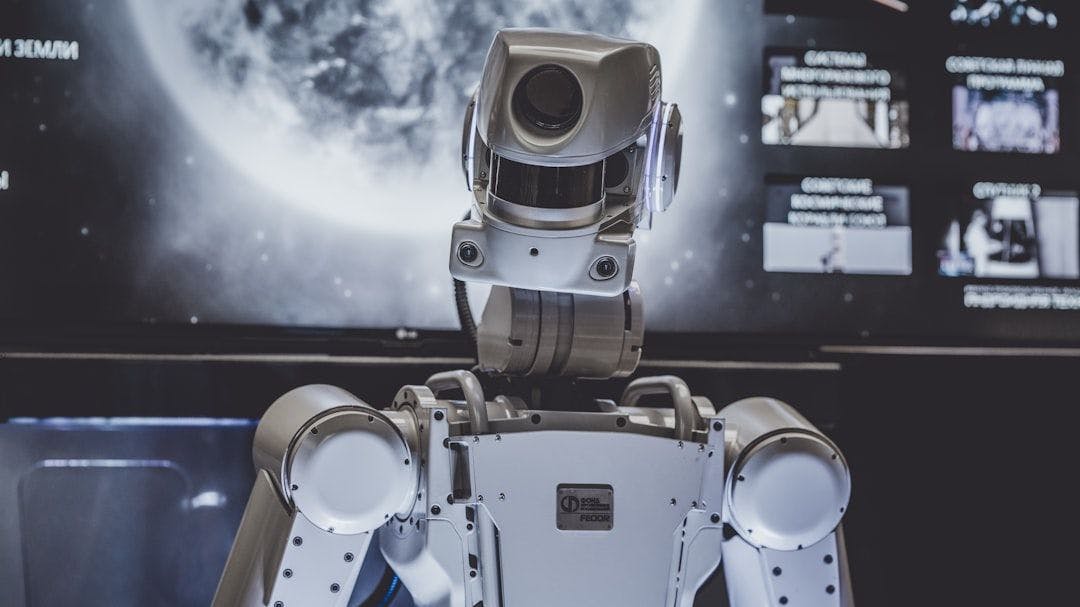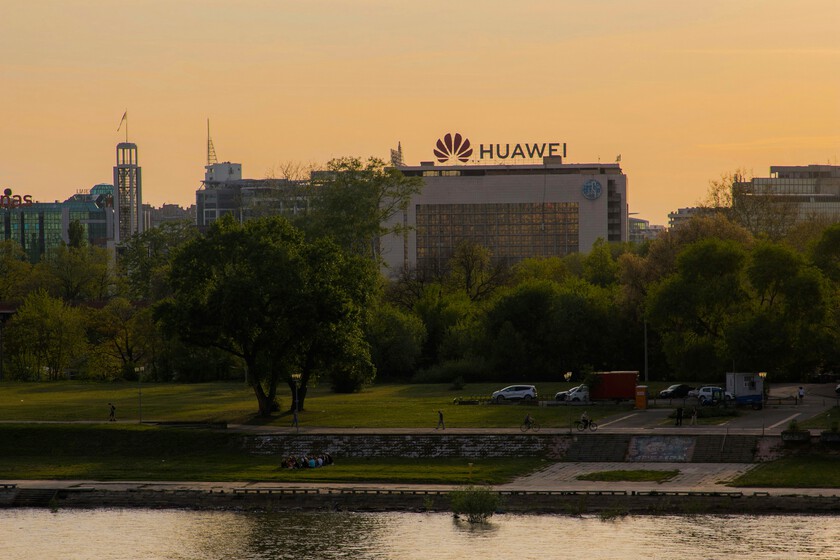There is no doubt that the pandemic has accelerated the adoption of many digital tools and video conferencing has undoubtedly been one of the most powerful and interesting. It has stopped being a technological luxury and has become essential. in the current business environment in which virtual and mixed meetings are essential both for a work environment in which remote work is here to stay and for meetings with clients and suppliers. In this way, videoconferencing has been consolidated as a key resource to guarantee connectivity, productivity and collaboration, breaking down barriers and turning it into an everyday occurrence. Today, companies are looking to improve the experience, security and effectiveness of video conferencing by adopting more advanced solutions, such as self-contained rooms with video conferencing bars, interactive touch screens and optimized software.
Impact and trends of video conferencing according to recent studies
Various studies carried out once the effect of the pandemic has been amortized analyze the use of these tools and the opinions of managers and workers of various companies where they are underlines the fundamental importance of video conferencing in the work environment:
- According to McKinsey & Companythe hybrid work model will be predominant in the work models of the future, combining in-person and remote environments. This change is supported by the intensive use of collaboration tools such as videoconferencing, which allow this synergy between these two work modalities.
- He European Communication Monitor 2021 points out that the 89.2% of communication professionals in Europe use videoconferencing to interact with stakeholders. It is a fact that underlines the importance of these technologies for internal and external communications.
- As indicated in a study by the consulting firm Forresterthe use of collaboration technologies, including video conferencing, has allowed employees to save between 5% and 10% of your weekly work timewhich translates into 2-4 hours per week. If the data is focused in business terms, this time savings can translate into very significant economic benefits, especially in companies with medium and large workforces.
- In his report on the Hype Cycle for the Digital Workspaceanother consultancy like Gartner has highlighted that the need for companies to maintain digital resilience after the pandemic has driven the adoption of technologies such as videoconferencing, consolidating them as a totally essential factor for the continuity of operations. According to Gartner, video collaboration technologies not only increase productivity, but also improve the employee experience within their work environment and the connection and interaction between teams.
- Finally according to a report from collaboration software developer Zoom, 84% of companies surveyed agree that video conferencing solutions will remain critical to business operations beyond the pandemic. This data makes it clear that the pandemic has promoted these tools but that they will continue to be important in the future of work.
In general, these studies reflect how videoconferencing has evolved from an alternative or even exotic solution for some companies to being an essential pillar in business communication. Companies are using this technology not only to improve productivity, but also to strengthen the employee experience, optimize decision making and consolidate the connection with customers and strategic partners as well as suppliers or investors.

Technological advances in videoconferencing rooms
One of the greatest advances in this area that has received the aforementioned impulse has undoubtedly been the integration of self-contained video conference roomswhich combine hardware and software in compact and easy-to-use solutions with an efficient and easy-to-operate turnkey solution integration. These solutions turn any room into a powerful videoconferencing room immediately. These rooms can be equipped with videoconferencing bars such as those offered by manufacturers such as Logitech, Poly or Yealink, which offer, among other advances:
- AI cameras that are capable of fully automatically adjusting the frame to capture all participants optimally so that everyone is visible in the best way.
- Directional microphones that with advanced design and technology guarantee clear audio quality, even in noisy environments, ensuring the best audio for the understanding of all participants.
- Integration with video conferencing platforms for compatibility with solutions such as Zoom, Microsoft Teams or Google Meet as these solutions are pre-configured for immediate use.
These autonomous rooms ensure efficient operation without the need for complex configurations so that any user can start them without the need for the presence of a technician, ideal for impromptu meetings or simply to be able to do without IT staff to be able to start meetings in seconds .
Touch screens: more attractive and effective collaboration
Another trend that has been taking hold is the use of advanced interactive touch screens in meetings. Equipment such as the Microsoft Surface Hub or Samsung Flip solutions not only allow you to share static presentations, but also facilitate real-time collaboration by modifying live content with functions such as:
Collaborative writing that allows meeting participants to add notes and comments directly to documents or digital whiteboards, either in person or remotely using collaborative software.
dynamic data analysis, a feature that allows you to interact live with graphs, maps and data directly on the screen to improve decision making and be able to discuss real data interactively.
Cross-platform integration which makes it easier to join collaborative virtual meetings with other devices, allowing teams to work from their computers, tablets or smartphones to display data on the meeting room screens.
Thanks to all these functions, meetings are more immersive and, above all, collaborative with a more direct and immediate interaction. This allows for greater productivity and meeting effectiveness.

Summary of key benefits of these technologies
The implementation of autonomous videoconferencing rooms and touch screens offers numerous benefits that we can summarize in the following points:
Time saving: Technology simplifies meeting preparation, reducing time wasted in configurations carried out by specialized technical personnel. They also allow interaction with different media and software to ensure compatibility.
Greater participation: Distributed teams can foster much more effective collaboration, encouraging everyone’s participation to increase creativity and innovation. Greater interactivity enhances this capacity for participation.
Better decision making: The combination of videoconferencing tools with high-tech interactive resources such as touch screens and others facilitates more dynamic discussions based on data represented in a powerful and visual way.
Scalability: These solutions are designed to grow with companies, they are suitable for companies of any size but they also allow increasing the number of rooms and participants without great technical or economic efforts.
Security: The adoption of solutions from renowned technology manufacturing companies, both in the field of software and hardware, allows us to guarantee the security and privacy of the sessions.
The future of business video conferencing
The present and future objective of videoconferencing technologies will continue to be to guarantee fluid and interactive communication as well as increase the effectiveness and productivity of virtual and mixed meetings. With advances in artificial intelligence, augmented reality and 5G technologies, the future of video conferencing promises to be even more decisive in areas such as productivity or better decision making. Systems are already in place capable of translating in real time, extracting summaries of meetings with the possibility of interacting with generative artificial intelligence to raise questions such as assigned tasks or even draw conclusions from the general tone of the meeting. We will also soon find rooms capable of providing new immersive experiences and augmented reality applications.
By all accounts, advanced videoconferencing solutions are not only a necessity for a company to remain competitive and productive, but they can open up new possibilities in the future. that we only begin to glimpse. These systems not only improve operational efficiency, but also strengthen business culture by facilitating connection between teams, regardless of their location, and facilitating interaction and collaboration. Companies like Office-Easy are leading this change, helping organizations make the most of these innovative technologies to drive their success in an increasingly digitalized world.












